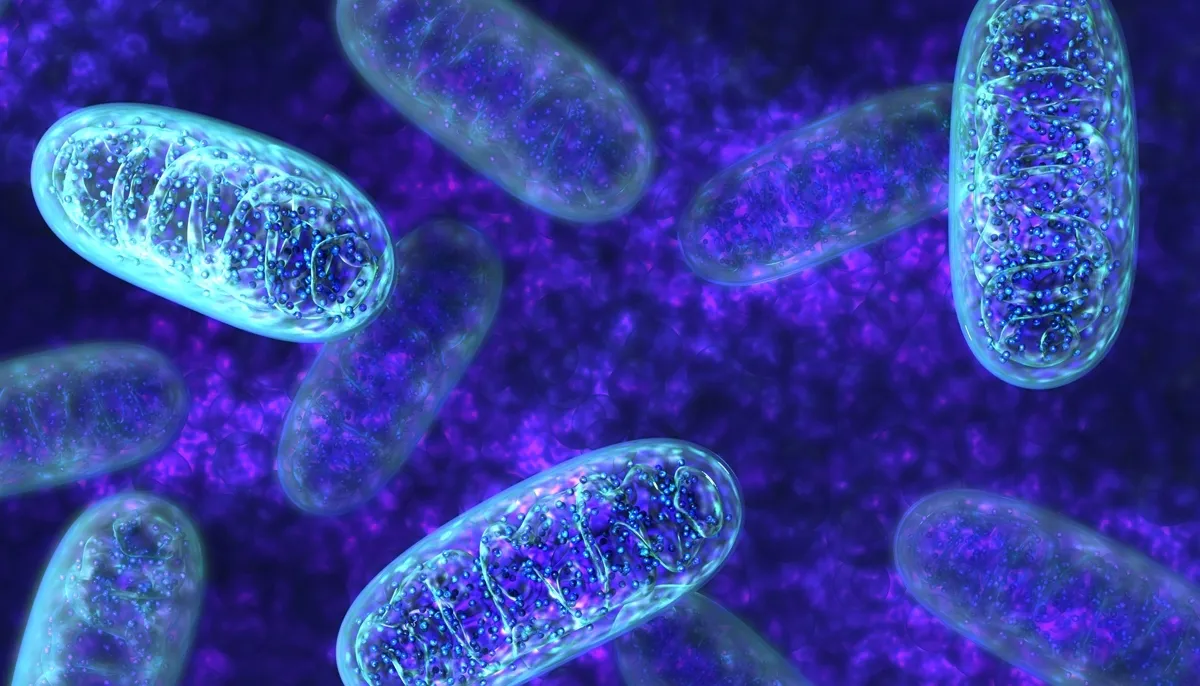Mitochondrial Genes Introduced by Iranian Scientists as Strong Molecular Markers for Species Identification

In this review study, different methods of using the mentioned genes were categorized and mitochondrial genes were introduced as strong molecular markers for identification of species.
Identifying species is one of the important challenges that researchers face in animal research, specially in various fields of objective investigations, including cell culture, ancient remains in archeology, traditional medicine, ecology, biodiversity, wildlife and food industries studies.
Recently, various strategies have been proposed for this, but different reasons, including damage and lack of samples or high similarity of protein sequences of closely-related species have led to preferring genome-based methods for species identification over protein-based tests.
Mutation rate detection in mitochondria-based method is higher compared to coral DNA, which helps researchers determine closely-related animal species.
This review article published in the international journal of The Nucleus was written by Zahra Elyasee Gorji from the Human and Animal Cell Bank of the Iranian Biological Resource Center and her colleagues.
Mitochondrial DNA is the circular chromosome found inside the cellular organelles called mitochondria.
Located in the cytoplasm, mitochondria are the site of the cell's energy production and other metabolic functions. Offspring inherit mitochondria — and as a result mitochondrial DNA — from their mother.
4155/v





















